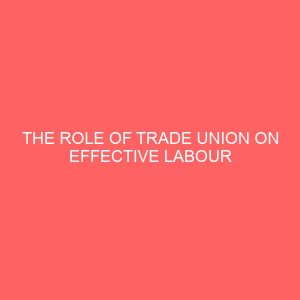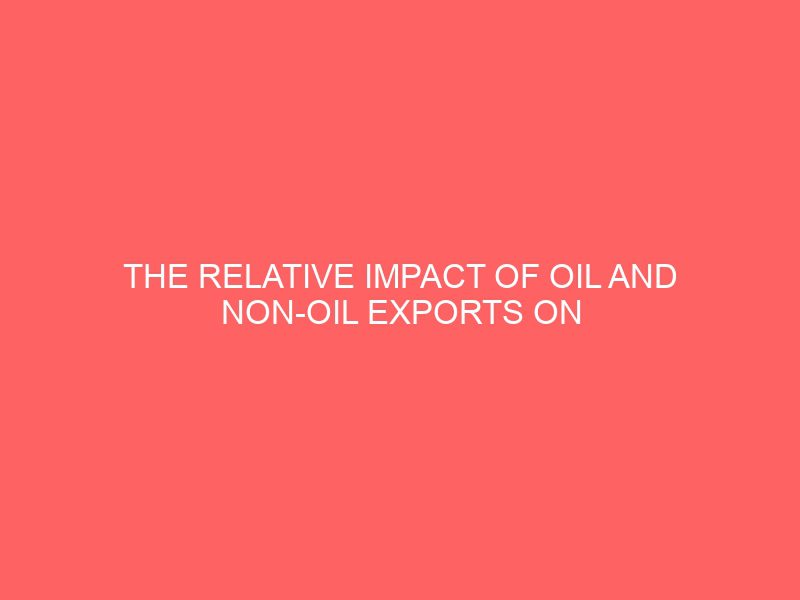Description
CHAPTER ONE
INTRODUCTION
1.1THE BACKGROUND OF THE STUDY
Oil, a very versatile and flexible, nonreproductive, depleting, natural hydrocarbon is a fundamental input into modern economic activity, providing about 50 of the total energy demand in the world. Anyanwu J.C. et al, 1997
Petroleum or crude oil is an oily, bituminous liquid consisting of a mixture of many substances, mainly the element of carbon and hydrogen known as hydrocarbons. It also contains very small amounts of nonhydrocarbon elements, chief amongst which are sulphur about 0.2 to 0.6 in weight, then nitrogen and oxygen. Anyanwu J.C. et al, 1997
Nonoil exports comprises of agricultural products, solid mineral, textile, tyre, manpower, etc. it is made up of every other thing we export, except petroleum products. In the decades of the 1960s and 1970s, the Nigeria economy was dominated by agricultural commodity exports. Such commodities include cocoa, groundnut, cotton and palm produce. From the mid 1970s, crude oil became the main export produce of the Nigerian economy. Anyanwu J.C. et al 1997
The development of the petroleum oil industry in the country began in 1909. It started with exploration activities by the German Bitumen Corporation, but their search for oil seized after the First World War because the Germans started the war and lost in the war. With Nigeria being under British sectorial control, it was only natural that the Germans had to stop their exploration activities.
TABLE OF CONTENT
Title page i
Approval page ii
Dedication iii
Acknowledgement iv
Abstract v
List of tables vi
Table of content vii
CHAPTER ONE
1.0 Introduction 1
1.1 Background of study 1
1.2 Statement of problem 3
1.3 Objective of the study 5
1.4 Statement of hypothesis 5
1.5 Significance of the study 6
1.6 Scope and limitations of the study 6
CHAPTER TWO
2.1 Meaning of oil and nonoil exports 7
2.2 A brief historical perspective on oil in Nigeria 7
2.3 Oil and economic policies in Nigeria 10
2.4 The DutchDisease 15
2.5 The boom and burst periods in oil sector and policy response 17
2.6 Macroeconomic policies and structure of Nonoil export in Nigeria22
2.7 Oil export, Nonoil export and Economic growth in Nigeria 26
Empirical Literature29
CHAPTER THREE
Research methodology35
3.1 Model Specification35
3.2 Method of Evaluation37
CHAPTER FOUR
4.1 Data presentation41
4.2 Data Analysis 44
CHAPTER FIVE
Summary, Conclusion and Recommendation58
5.1 Summary58
5.2 Conclusion61
5.3 Recommendation62
BIBLIOGRAPHY66
Appendix








Reviews
There are no reviews yet.